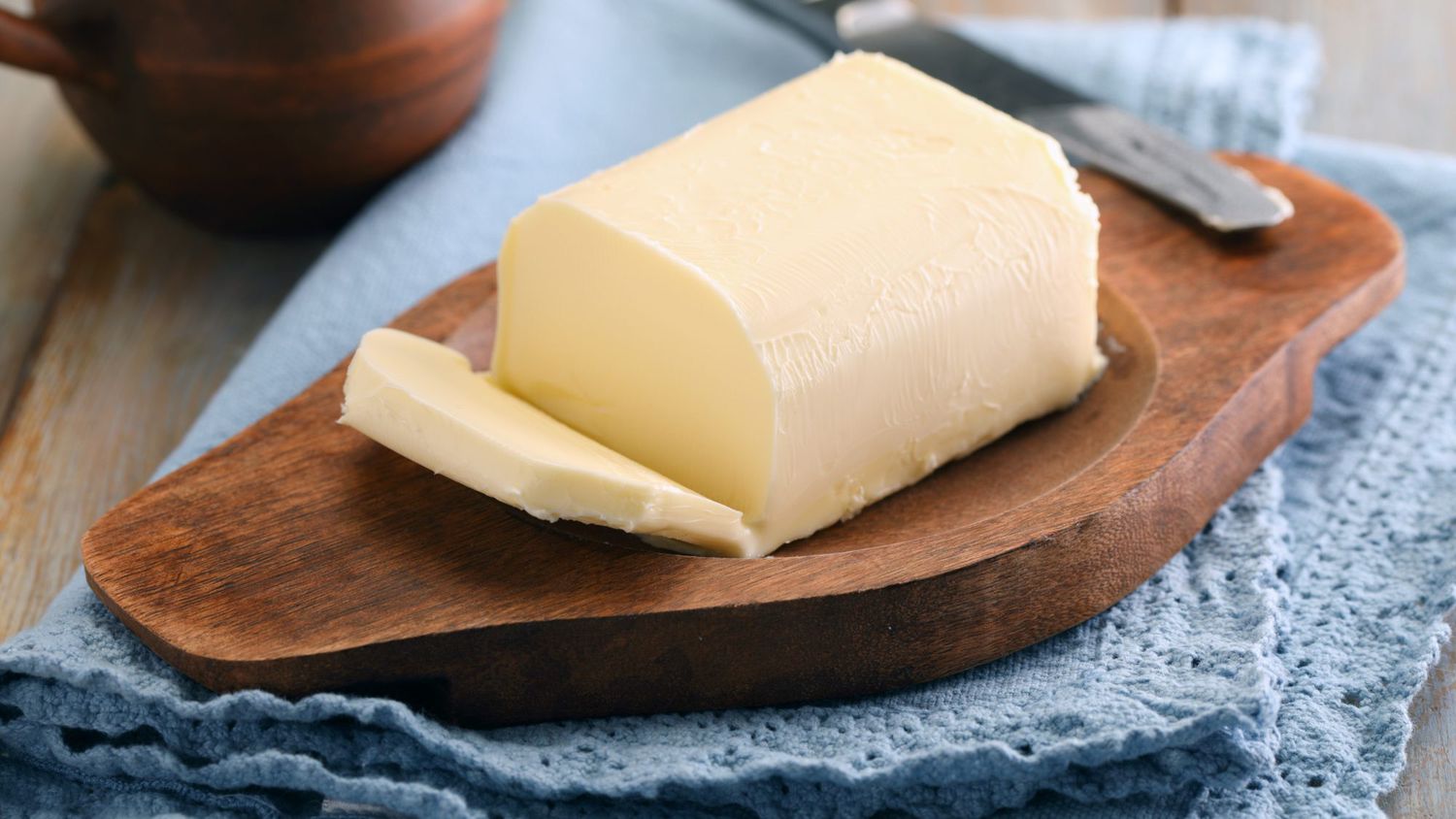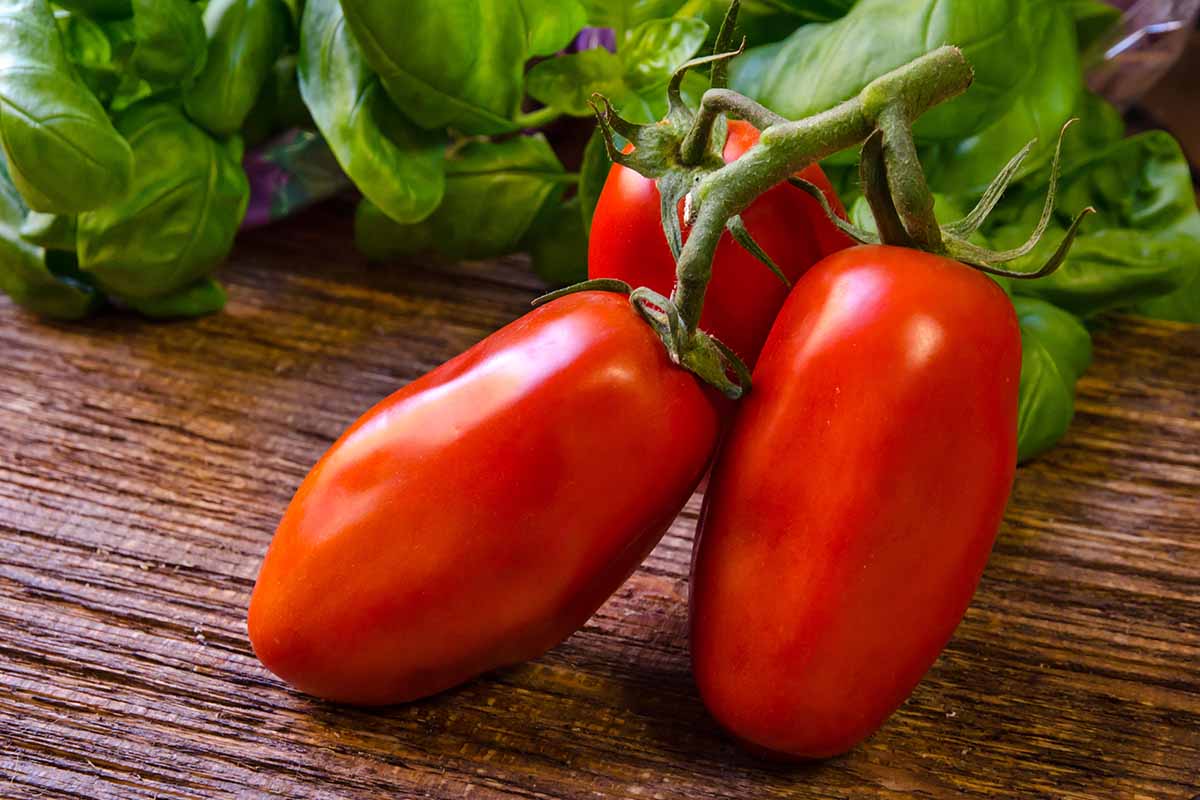When it comes to enjoying a delicious taco, the right sauce can make all the difference. Taco sauce is a flavorful condiment that adds a kick of heat and a burst of flavor to your favorite Mexican dishes. Whether you prefer a mild, tangy sauce or a fiery, spicy one, there are many variations of taco sauce to suit every palate. In this article, we'll explore the world of taco sauce, including its ingredients, flavors, and how it can elevate your taco experience.
What is Taco Sauce?
Taco sauce is a type of condiment that is specifically designed to complement Mexican and Tex-Mex dishes, particularly tacos. It is typically a smooth, pourable sauce that comes in a variety of heat levels, ranging from mild to hot. While the exact ingredients can vary from brand to brand and recipe to recipe, taco sauce often includes a blend of tomatoes, chili peppers, onions, vinegar, and various spices. The result is a zesty, tangy sauce with a hint of heat that enhances the flavors of tacos and other Mexican dishes.
Flavors and Varieties
Taco sauce comes in a wide range of flavors and heat levels, allowing you to customize your taco experience to your liking. Some popular varieties include:
-
Mild Taco Sauce: Perfect for those who prefer a subtle kick of flavor without too much heat. Mild taco sauce is often slightly sweet and tangy, making it a family-friendly option.
-
Medium Taco Sauce: This variety offers a bit more heat, adding a spicy kick without overwhelming the taste buds. It strikes a balance between flavor and heat, making it a versatile choice for many palates.
-
Hot Taco Sauce: For those who love a fiery kick, hot taco sauce delivers a bold punch of heat that intensifies the flavors of your tacos. It's not for the faint of heart, but it's perfect for spice enthusiasts.
-
Verde Taco Sauce: This green-hued sauce is made with tomatillos, green chili peppers, and cilantro, giving it a fresh, tangy flavor with a mild to moderate level of heat.
How to Use Taco Sauce
Taco sauce is incredibly versatile and can be used in a variety of ways to enhance your meals. Here are a few ideas for incorporating taco sauce into your culinary creations:
-
Topping for Tacos: Of course, the most common use for taco sauce is as a topping for tacos. Simply drizzle it over your favorite fillings to add a burst of flavor.
-
Marinade for Meat: Use taco sauce as a marinade for chicken, beef, or pork to infuse your proteins with zesty flavor before grilling or roasting.
-
Dipping Sauce: Taco sauce makes a delicious dip for tortilla chips, quesadillas, or even chicken tenders. Its tangy, spicy flavor pairs perfectly with a wide range of snacks.
-
Mix into Dressings: Create a zesty salad dressing by mixing taco sauce with a bit of olive oil, lime juice, and a pinch of cumin. It adds a Southwestern flair to your favorite salads.
Making Your Own Taco Sauce
While store-bought taco sauce is convenient and delicious, you can also try your hand at making your own homemade version. This allows you to customize the flavors and heat level to your exact preferences. A basic taco sauce recipe might include:
-
Tomatoes: Either fresh or canned, tomatoes form the base of the sauce, providing a rich, tangy flavor.
-
Chili Peppers: Whether you prefer jalapeños, serranos, or another variety, chili peppers add heat and depth of flavor to the sauce.
-
Onions and Garlic: These aromatic ingredients add savory notes to the sauce, enhancing its overall complexity.
-
Vinegar: A splash of vinegar provides acidity and brightness, balancing the flavors of the sauce.
-
Spices: Common spices used in taco sauce include cumin, paprika, and oregano, adding depth and complexity to the flavor profile.
By blending these ingredients together and simmering them on the stove, you can create a custom taco sauce that perfectly suits your taste preferences.
In Conclusion
Taco sauce is a versatile and flavorful condiment that adds a zesty kick to your favorite Mexican dishes. Whether you prefer a mild, tangy sauce or a fiery, spicy one, there are numerous varieties to explore. From topping tacos to marinating meats, the uses for taco sauce are endless. Whether you opt for a store-bought version or decide to whip up a homemade batch, taco sauce is sure to elevate your culinary creations with its bold, vibrant flavors.
Was this page helpful?
Read Next: What Is A Quarter Pounder











